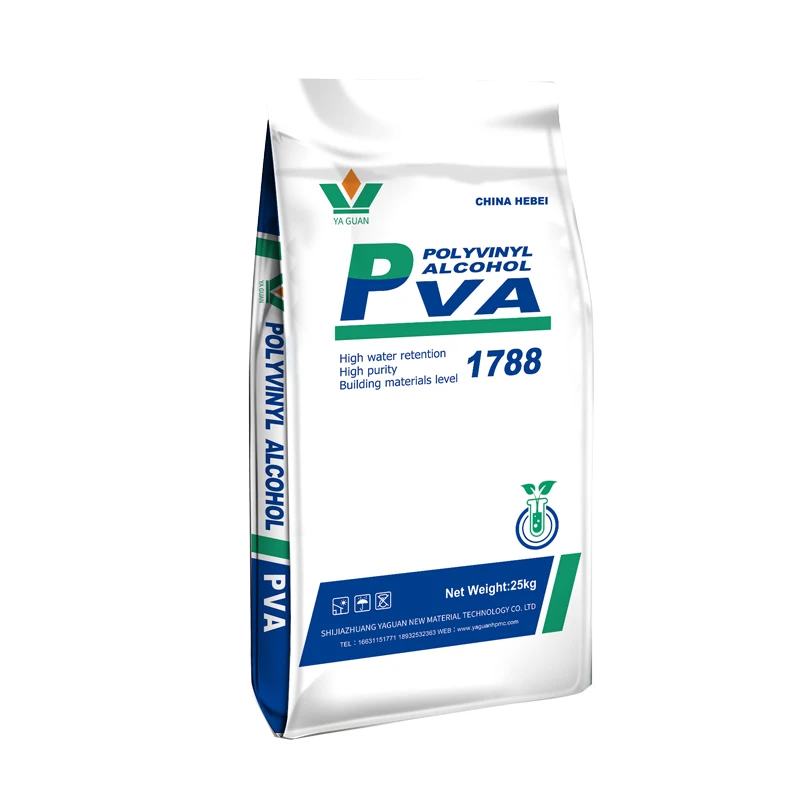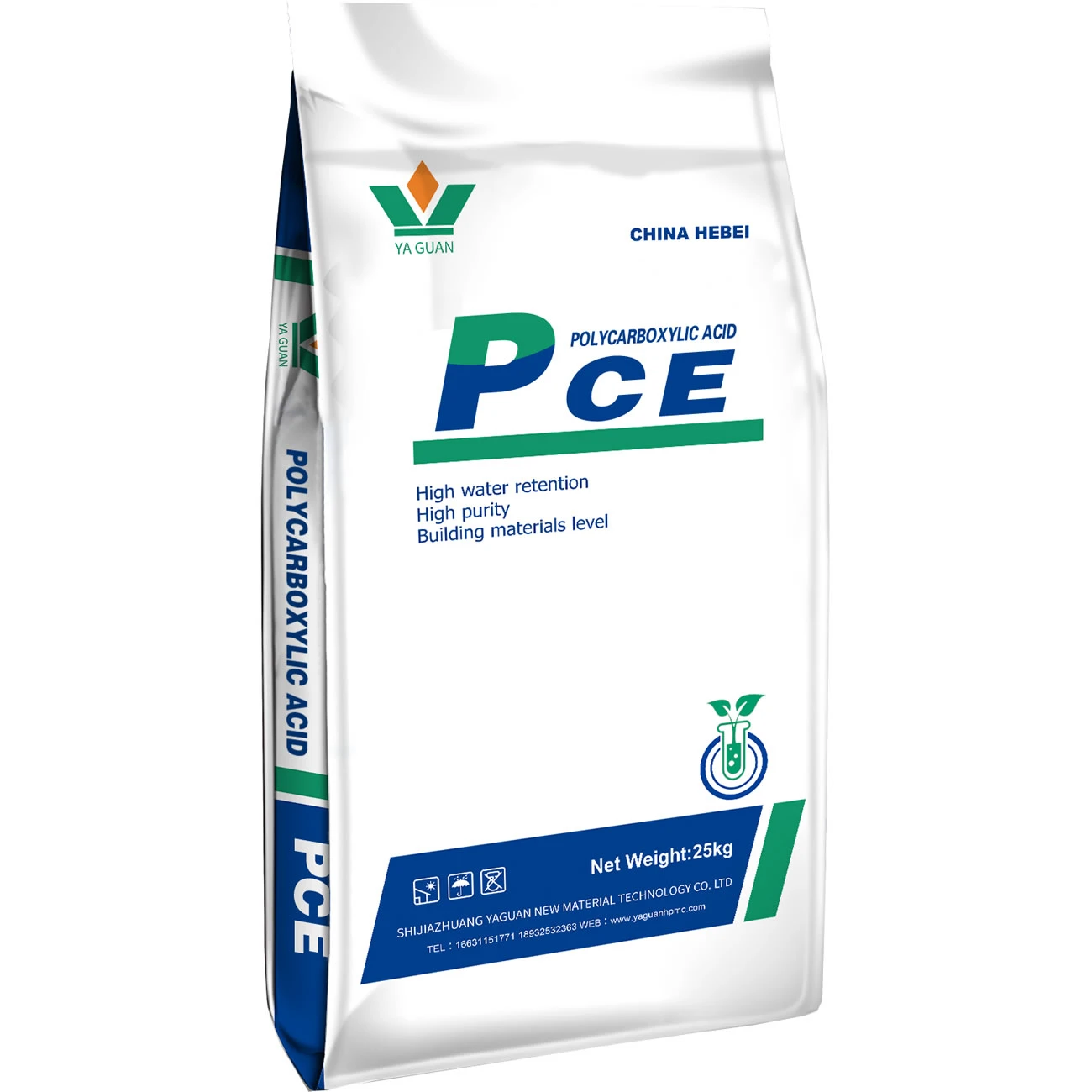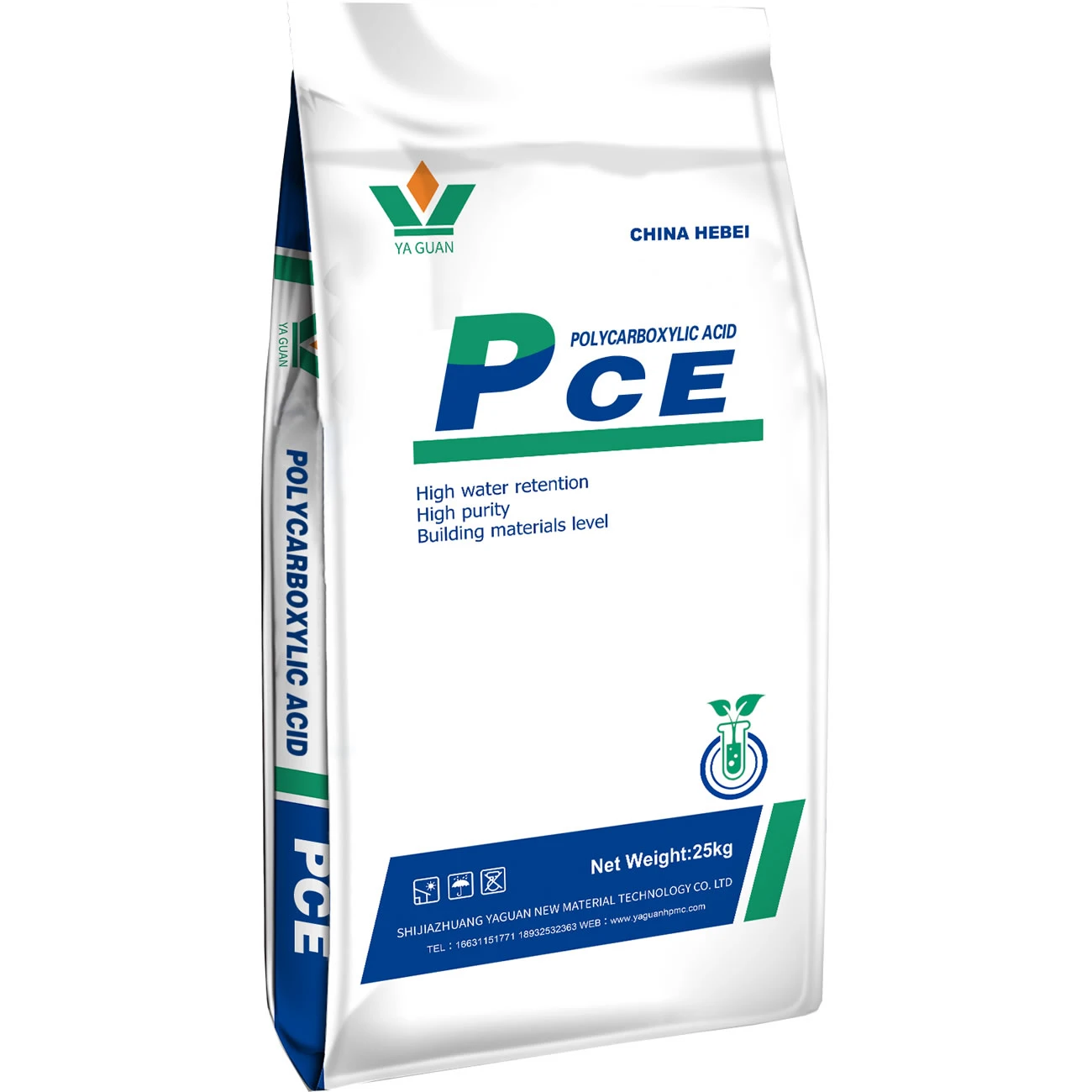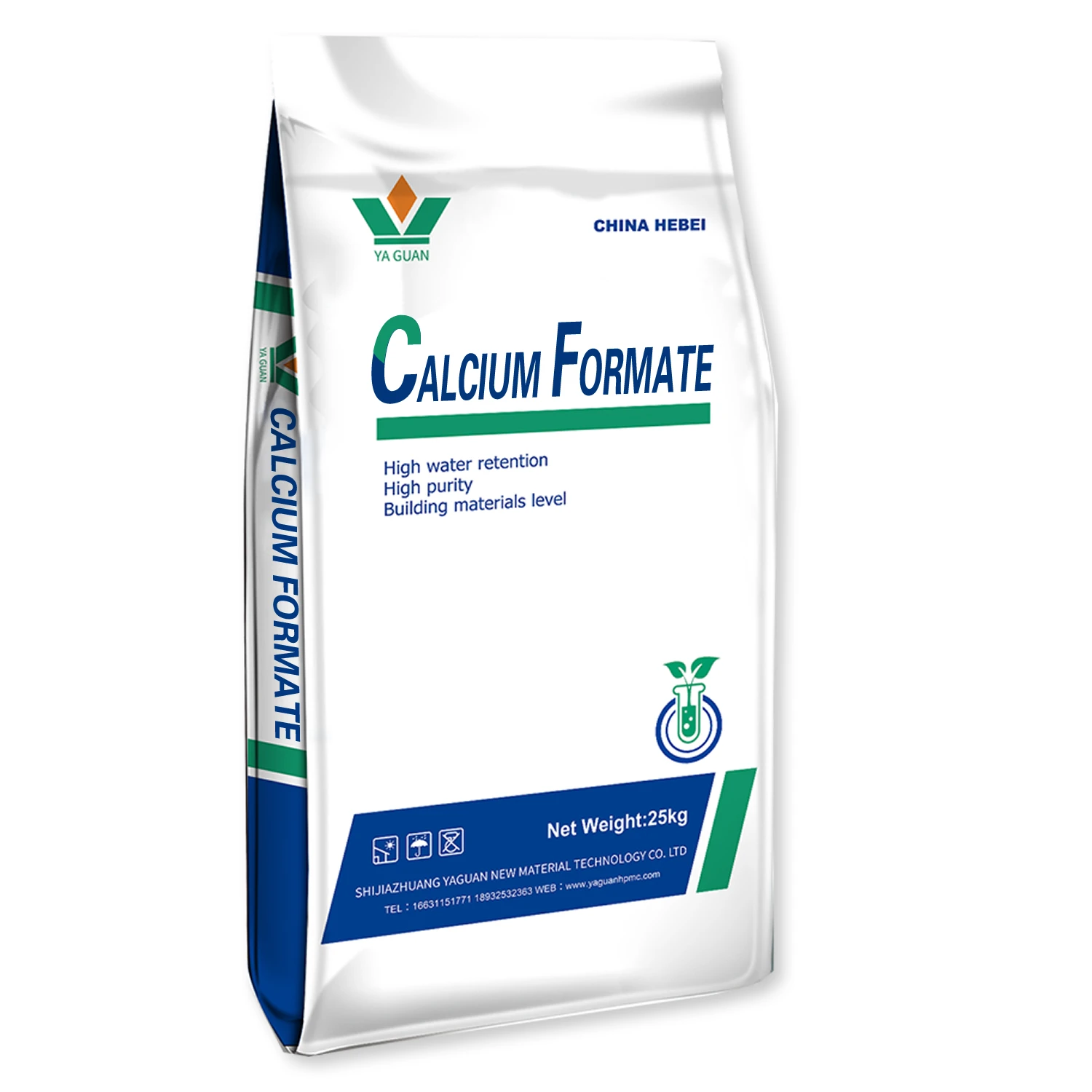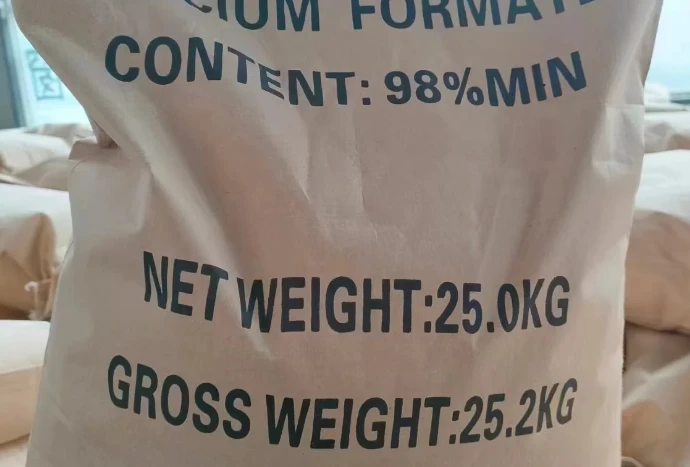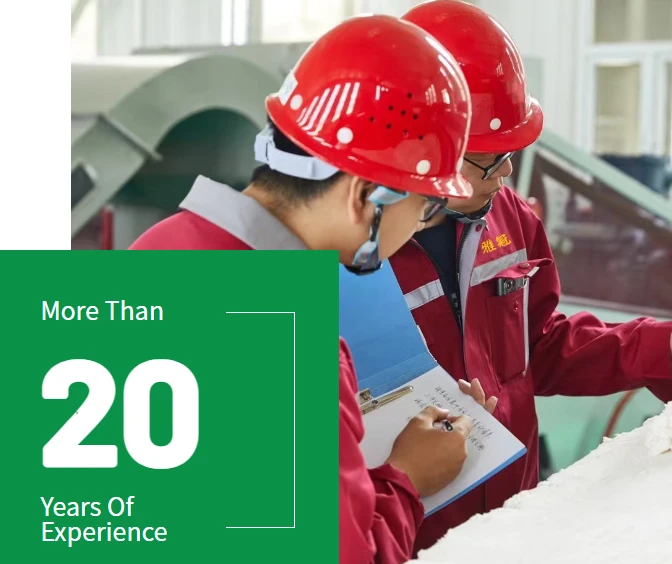
- Introduction to polycarboxylate based superplasticizer
: definition and importance - Technological advantages and composition of PCE based superplasticizer
- Data-driven comparison: polycarboxylate superplasticizer price and performance
- Leading manufacturers and in-depth competitive analysis
- Customization options and R&D-driven formulation strategies
- Practical application cases in large-scale construction projects
- Conclusion: Future prospects and trends of polycarboxylate based superplasticizer market

(polycarboxylate based superplasticizer)
Introduction: Revolutionizing Concrete With Polycarboxylate Based Superplasticizer
The construction industry continually seeks new materials that enhance durability, performance, and cost-efficiency of concrete. Among advanced admixtures, polycarboxylate based superplasticizer has become a cornerstone due to its unique molecular structure and robust water-reducing abilities. Widely referred to as PCE based superplasticizer, this additive significantly surpasses older-generation admixtures like naphthalene and melamine sulfonates. Utilized in ready-mix, precast, and high-performance concrete, it ensures fluidity, workability, and strength retention over extended periods, directly impacting jobsite efficiency and sustainability metrics.
Technological Innovations and Advantages of PCE Based Superplasticizer
At the core of its superior performance, PCE based superplasticizer incorporates polycarboxylate ether polymers with side chains optimized for dispersion. The molecular engineering enables “steric hindrance,” effectively separating cement particles and providing sustained flow without excessive water. Compared to conventional superplasticizers, studies indicate that the water reduction ratio with PCE-based admixtures reaches up to 35%, while maintaining slump retention for more than 90 minutes under standard conditions.
Additional advantages include improved early and ultimate compressive strength, reduced shrinkage and bleed, low chloride content, and compatibility with supplementary cementitious materials. The ability to fine-tune molecular weight and grafting ratio allows manufacturers to offer highly customized performance for specific project requirements, contributing to the accelerated adoption of PCEs in infrastructure, precast, and green building certifications.
Comparative Data: Performance and Polycarboxylate Superplasticizer Price
Decision-makers often weigh product performance alongside price pressure. The following data table illustrates key parameter comparisons for three major classes of superplasticizers across several manufacturers. The focus is on water reduction, strength gain, and polycarboxylate superplasticizer price indexes based on 2023 global sourcing reports.
| Parameter | PCE Based Superplasticizer (Polycarboxylate) | Naphthalene Based | Melamine Based |
|---|---|---|---|
| Typical Water Reduction (%) | 28-35 | 16-22 | 12-18 |
| Slump Retention (minutes) | 60-120 | 30-60 | 20-40 |
| Chloride Content (%) | < 0.1 | 0.3-1.5 | 0.3-1.5 |
| Early Strength Gain (24h, % of final) | 55-70 | 30-40 | 30-40 |
| Polycarboxylate Superplasticizer Price (USD/ton) | 1100-1450 | 680-940 | 740-970 |
| Typical Dosage (% of cement) | 0.15-0.35 | 0.6-1.2 | 0.7-1.0 |
| Application Scope | High-performance, precast, ready-mix | Mass concrete, non-structural | Specific architectural, lesser use |
Though polycarboxylate superplasticizer price appears higher than legacy products, lower dosage requirements and superior property retention yield 8-12% total cost savings per cubic meter in demanding applications. The price-performance ratio thus decisively favors PCE-based products, especially as labor and operational costs rise.
Global Manufacturers: Comparative Insights and Competitive Landscape
The supply landscape for polycarboxylate based superplasticizer is dominated by specialized chemical companies leveraging proprietary synthesis routes and process controls. Notable players include Sika (Switzerland), BASF (Germany), MAPEI (Italy), GCP Applied Technologies (USA), and localized giants in China such as SOBUTE and MUHU. Each entity differentiates its offering based on molecular customization, delivery logistics, technical support, and sustainability certifications.
For instance, Sika invests over $300 million annually in R&D, launching new grades with temperature-resilient slump retention for extreme climates. BASF focuses on sustainable solutions, marketing “MasterGlenium” as a CO2-friendly option with lower carbon footprint. In price-sensitive markets, local producers offer competitive blends—sometimes compromising long-term durability for short-term cost. Buyers should scrutinize supply chain transparency, after-sales support, storage stability, and global reach before selecting a vendor, particularly for large infrastructure contracts.
Customization Approaches: Tailoring PCE Superplasticizer to Project Needs
No two concrete projects are alike; thus, leading manufacturers offer bespoke PCE based superplasticizer formulations. Customization may involve tweaking polyether side chain length, main chain backbone, molecular weight, and carboxyl group density, along with compatibility checks for locally sourced cement and aggregates. For ultra-high-performance concrete (UHPC), customized admixtures achieve over 120 MPa compressive strength with minimal segregation or water demand.
Advanced R&D labs can fine-tune retardation profiles for hot climates, or accelerate setting for precast production. Field testing protocols include rapid mix adjustments and on-site support to guarantee consistency, particularly in resistance to alkali-silica reactions and freeze-thaw durability. This agility ensures that PCE-based products not only meet but exceed increasingly strict regulatory and client-driven standards worldwide.
Application Case Studies: Industry-Leading Results in Practice
Recent global projects showcase the transformative potential of polycarboxylate based superplasticizer technology. In the Shanghai Tower, Chinese engineers utilized PCE-based products to pump concrete vertically over 600 meters with pristine rheology, enabling a record-breaking continuous pour. Slump retention exceeded three hours, drastically reducing cold joints and improving scheduling.
In the Western Europe high-speed rail projects, adoption of advanced PCE-based admixtures delivered over 15% reduction in shrinkage cracks and improved surface finish for precast sleepers, significantly decreasing post-cure repairs. U.S. bridge renovations using customized polycarboxylate admixtures reported an overall cost savings of $1.2 million per project, attributing it to reduced admixture dosage and enhanced durability against salt-laden environments.
Environmental benchmarks were also set in the Middle East, where sustainable, low-carbon concrete mixes containing PCE-based superplasticizers contributed to achieving LEED Platinum standards for monumental buildings under extreme temperatures.
Conclusion: Market Outlook and Innovation Trends in Polycarboxylate Based Superplasticizer
The trajectory of polycarboxylate based superplasticizer is defined by ongoing research, regulatory momentum for greener construction, and calibrated, value-driven pricing models. As global demand for low-carbon, high-performance buildings accelerates, the vital role of PCE-based admixtures will continue to expand.
Advances in green chemistry, renewable raw materials, and digitalized precision dosing ensure that modern PCE-based products remain at the forefront of concrete innovation. For procurement leaders, contractors, and concrete technologists, embracing this technology translates directly to economic, structural, and environmental gains—a competitive edge in a rapidly evolving construction landscape.
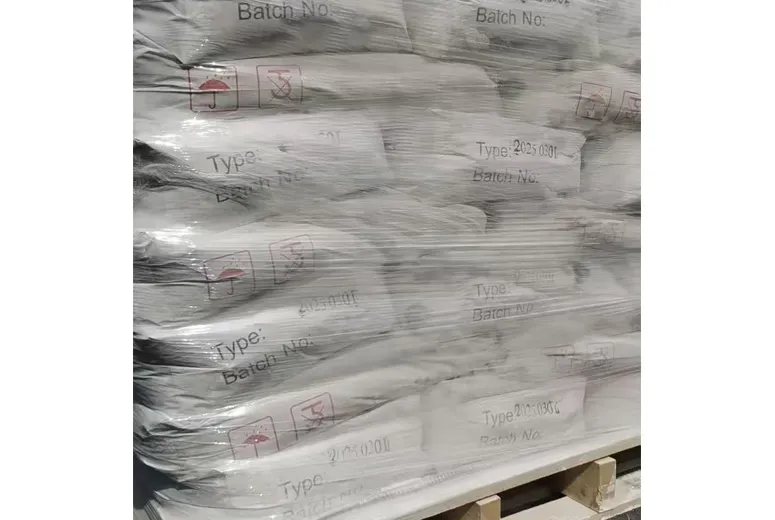
(polycarboxylate based superplasticizer)
FAQS on polycarboxylate based superplasticizer
Q: What is a polycarboxylate based superplasticizer?
A: Polycarboxylate based superplasticizer is a high-performance chemical admixture used to improve the flowability of concrete. It enhances workability while reducing water content. This makes it popular in modern civil engineering projects.
Q: How does PCE based superplasticizer differ from traditional superplasticizers?
A: PCE based superplasticizer provides higher water reduction and better workability than traditional superplasticizers. It also minimizes concrete set time variation. Its advanced molecular structure allows superior dispersion of cement particles.
Q: What factors influence polycarboxylate superplasticizer price?
A: Key factors include raw material costs, production technology, and product grade or concentration. Market demand and supply conditions also impact pricing. Bulk purchase and customized formulations may reduce the unit cost.
Q: Where can polycarboxylate based superplasticizers be applied?
A: They are widely used in ready-mix concrete, precast concrete, and high-performance construction projects. Applications include bridges, tunnels, and industrial flooring. These additives are suitable for various concrete grades and environments.
Q: Are polycarboxylate superplasticizers environmentally friendly?
A: Yes, polycarboxylate superplasticizers are known for low toxicity and biodegradability. Their use enables lower cement consumption and reduced carbon emissions. This makes them a sustainable choice in construction projects.







